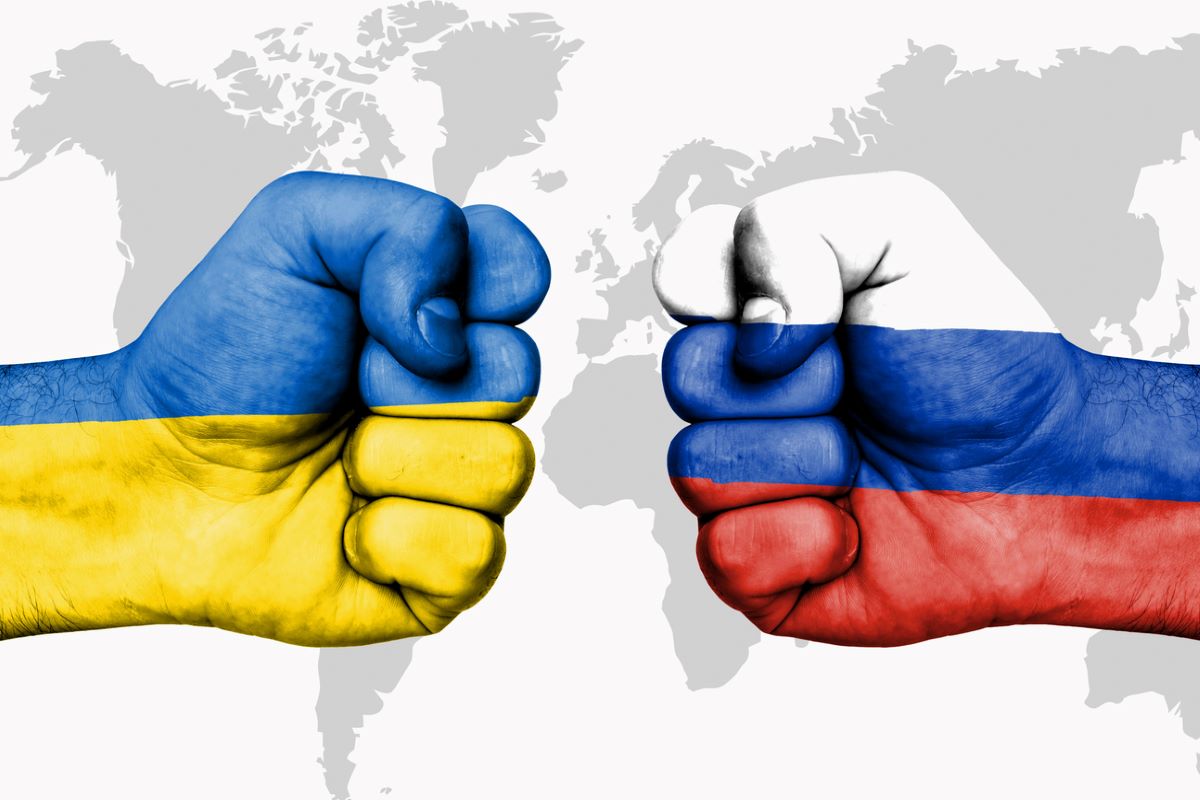A geopolitical crisis is looming large over the eastern border of Russia. There has been a massive military build-up by Russia close to Ukraine. The histories of the two nations are linked and until 1991, they were part of the USSR. Since independence in 1991, Ukraine had a pro-Russian leader, Viktor Yanukovyc, whose ambitions were aligned with Russian interests.
The situation changed with ‘The revolution of dignity’, popularly known as the ‘Maidan revolution’, where a series of protests erupted across the nation during 2013-14, following Yanukovyc’s refusal to join political association and a free trade agreement with the European Union. The elected government was ousted, and power shifted towards the current pro-West Volodymyr Zelensky. Following these incidents, the Crimean Peninsula, a geostrategic region in southern Ukraine, with the port of Sevastapol, was annexed by Russia on 18 March 2014.
The annexation was claimed by Russia as a mandate of citizens of Crimea, who are mostly Russian in origin. Since that incident, bilateral relations between the two nations suffered. On 15 December 2018, the Kiev church severed its ties to the Russian orthodox church as per the decree of the Ecumenical Patriarchate of Constantinople. This clearly showed the determination of the nation to break out from its former ‘Soviet’ roots, distancing itself from Vladimir Putin’s Russia.
The situation got worse with Ukraine’s growing proximity to the North Atlantic Treaty Organization (NATO). Russia was the successor to the erstwhile USSR, both in the Security Council of the United Nations and in its global presence. Since World War II, the Soviet Union had tried to protect its vulnerable western front by bringing Eastern European nations within its iron curtain. By 1945, Joseph Stalin, the then communist dictator of USSR, had realised that the open fields of western Russia would be difficult to protect by military might alone.
The initial success of Hitler’s Operation Barbarossa was due to the plain land geography of the Russian heartland. It is devoid of any mountains or any natural barriers. The reason for the dual-front war strategy of Hitler may have revolved around control of the oil-rich Caspian, Volga and Caucasus regions overlooking the Russian heartland.
The situation was contained by exemplary Soviet resistance at the Battle of Stalingrad in 1942-43. Some estimates say that 27 million Soviet lives were lost in World War II. The situation in Ukraine is echoing warnings similar to those voiced before World War II. After the collapse of the USSR, Russia lost most of its Eastern ‘buffer lands’. Poland, the Baltic republics (Latvia, Lithuania and Estonia) and Germany are proUS and linked with the NATO alliance, which was originally an antiUSSR pact.
If Ukraine also slips out of Russian influence, NATO will get a foothold in the Volga region and can threaten Russia’s control over its hydrocarbon rich areas. This global crisis is taking its toll over ordinary Ukrainians. A war between pro-Russian separatists and Ukrainian forces has been waging in Eastern Ukraine’s Donetsk and Luhansk oblasts, collectively called the Donbas region, since 2014. It is already proved to the world that the separatists are supported by Russia. Between 13,100 and 13,300 lives have already been lost in this futile civil war since 2014.
The current military build-up of Russia alongside the Ukraine border accounts to more than 100,000 soldiers. The world’s powers, including the USA, are fearing a Russian annexation of the region in similar fashion as the Crimean Peninsula. These geopolitical instabilities point towards a common issue – the dependency of the world on hydrocarbons. Russia’s paranoia revolves around its hydrocarbon resources which account for $ 250 billion worth of exports in 2021. More than 40 per cent of these exports go to EU countries. This adds another dimension to the Ukraine crisis.
With this dependency of Europe on Russia’s hydrocarbons, it cannot support Ukraine in case of any imminent crisis. Though EU and US uphold and defend democratic governments across the globe, the energy dependency on Russia makes them incapable of taking any meaningful steps to resolve Russian illegal occupation in Crimea in 2014 or in the recent military crisis in eastern Ukraine.
With climate change impacts battering the world, global powers are trying to distance themselves from carbon-intensive hydrocarbon energy. By limiting dependency on hydrocarbons, major world powers will be less bothered by politics in their neighbouring nations. The world will be a more peaceful place as superpowers will not use their economic and military might to scare smaller nations under their banner, just for the sake of safeguarding their hydrocarbon wealth. Let’s move towards renewables and nuclear energy to make the world a peaceful and clean place for all to live and flourish.
(The writers are, respectively, Associate Professor and Dean at the Jindal School of Environment and Sustainability, O.P. Jindal Global University, Sonipat, India)











